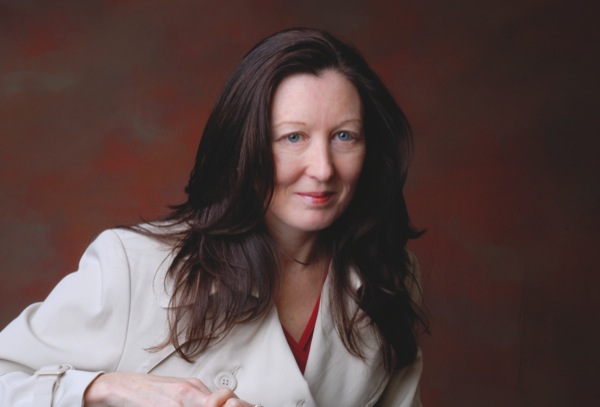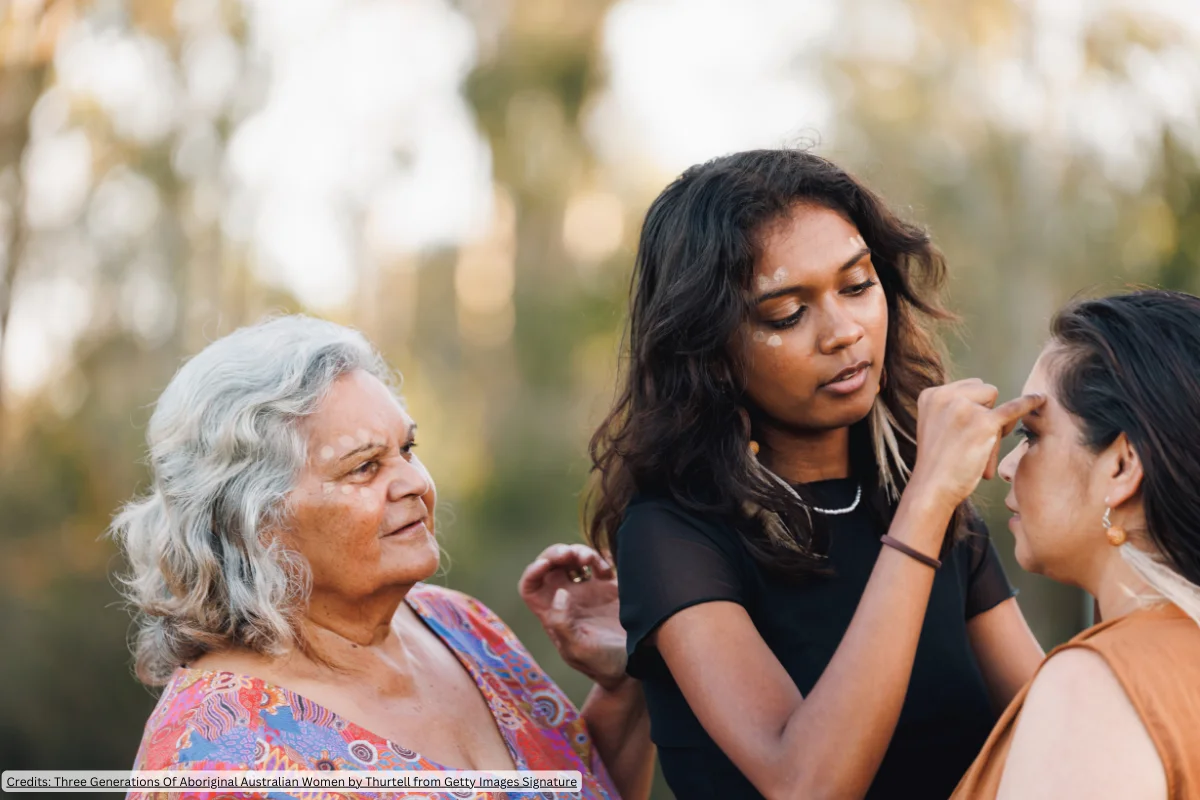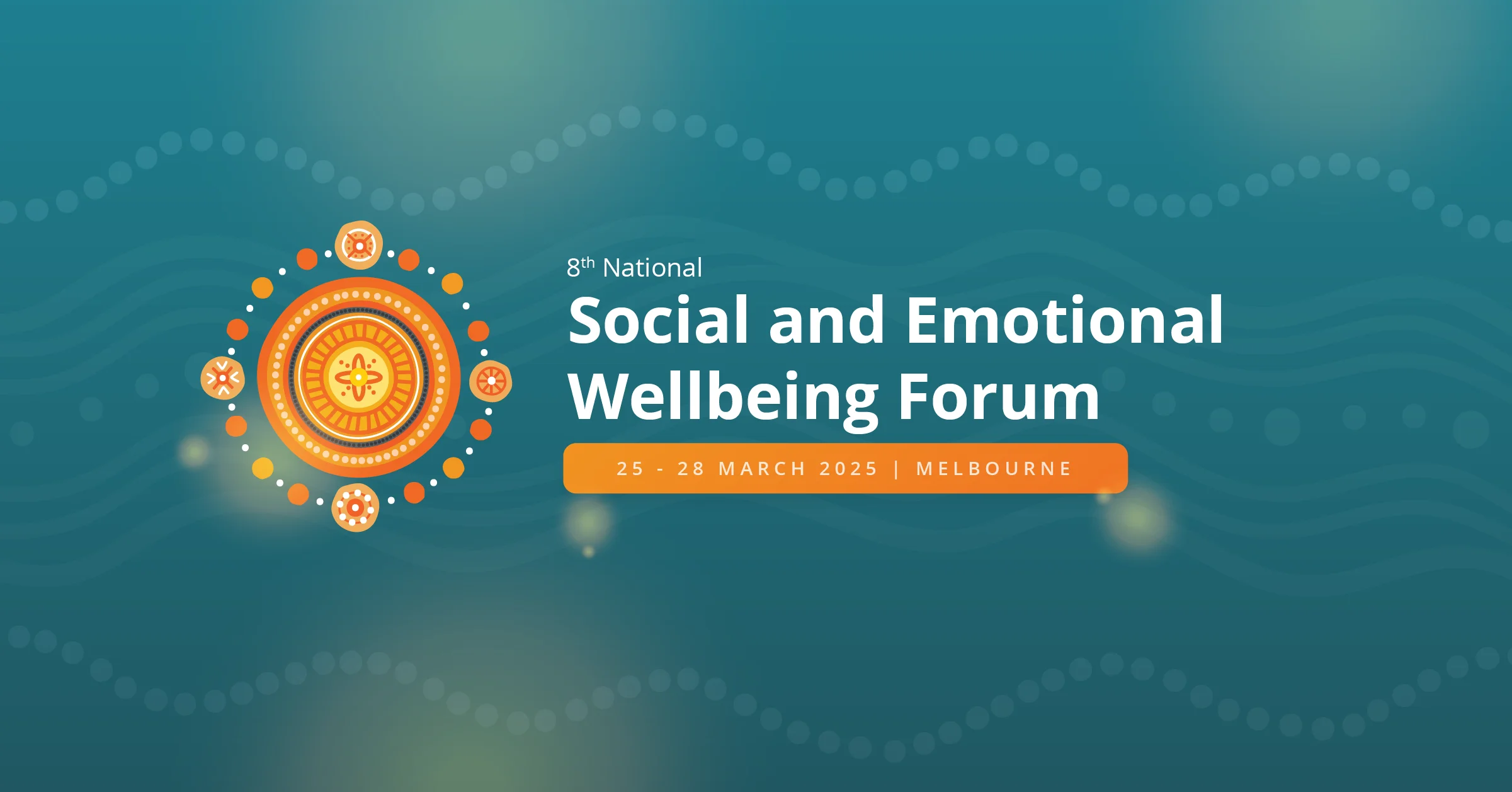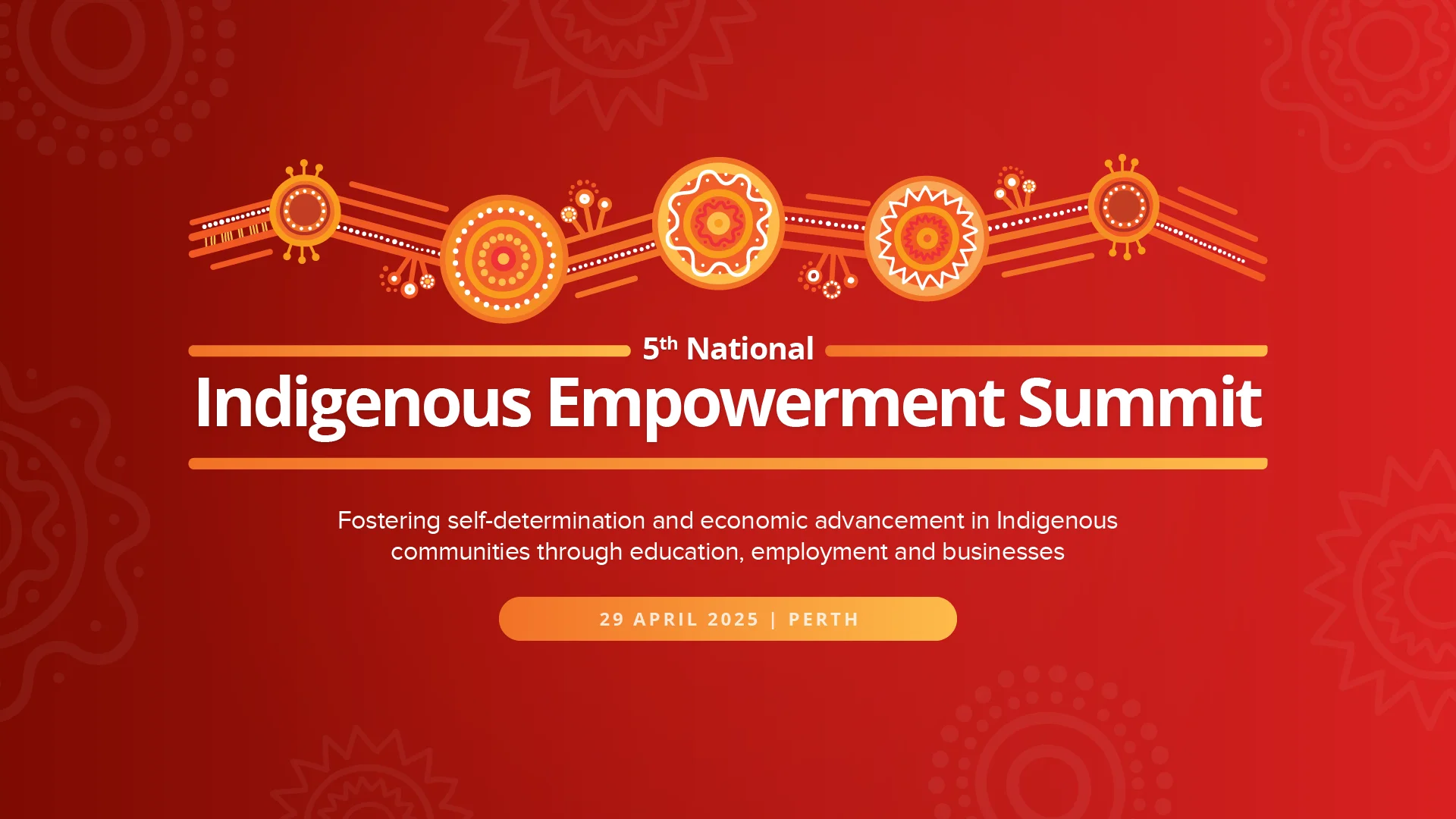Submitting grant applications with a prayer and crossed fingers is not going to cut it in today’s environment, which is why not-for-profit (NFP) organisations need to ensure they have an effective grant strategy in place.
Developing an effective grant strategy can be achieved by following the steps below:
1. Be informed
Funders receive a large number of applications from organisations and many organisations haven’t researched the grant properly or read the guidelines for submission. It is important that NFPs understand the criteria for a grant.
Founder and Director of Strategic Grants Jo Garner has more than ten years of experience in consultancy work with over 40 small, medium and large NFPs, and says “Our advice is if you don’t have a clear, strong project match don’t apply. If you think you do, speak to the funder first. If they agree the project is a good match, then prepare an application that clearly addresses all the assessment criteria.”
2. Establish grant processes
As former New York Mayor, and Presidential hopeful, Rudy Guilliani famously said “Change is not a destination, and hope is not a strategy.” Hoping to win a grant is not a planned approach, and if you are failing to plan you are inadvertently planning to fail.
Before you consider downloading a grant application form, ensure that your organisation has sufficient grant processes in place.
“The grants process should include targeted prospect research, strategic project matching, development of relationships with funders, quality application writing, project evaluation and reporting and donor stewardship, to ensure a long-term sustainable grants program,” explains Garner.
“At a deeper level, a grants strategy needs to form part of a comprehensive fundraising strategy, which needs to align with the organisation’s strategic plan.”
Creating a list of what your NFP requires and why will help guide your grant strategy.
“A prioritised project wish list is the number one requirement that NFPs need,” says Garner.
“It’s crucial because it defines funding needs which enables strategy formulation.”
3. Don’t only focus on writing
Are you too busy writing to develop a grant strategy? If so, you should stop writing, now. While writing applications is a necessary tactic in gaining funds, it should never occur in isolation. Without a clear strategy, your application will lack guidance and not be as strong as it could, and should, be. Writing grant applications without a strategy is a waste of your time and organisational resources.
4. Ensure the grant strategy is implemented
If a strategy is too difficult to use it won’t be implemented. Strategy should not be so involved that it’s inoperable. It should be concrete, practical, assessable and reportable.
5. Review processes
Whatever grant strategy you choose, it’s important to use it and review it. What works this year might not work again next year. Skilled staff may leave or retire, and new legislation or regulation may enforce change. Don’t get left on the sideline, instead prioritise, systematise, strategise, and visualise yourself accepting that next big funding win.
Taralye, a NFP early intervention centre for hearing-impaired children, has a practical grant strategy in place that was achieved after a review of their processes.
“When our organisation hired and lost
three fundraising managers in quick succession, we knew that we needed a different approach,” says Taralye CEO Therese Kelly.
“Under the old arrangement, the Fundraising Manager was responsible for events, face-to-face fundraising, direct mail campaigns, major gifts, merchandise, bequests and grants. With such a broad role, grants weren’t getting the focus that they needed, operationally or strategically.”
When they revised their strategy, Kelly split the Fundraising Manager role into three. The result was a two-day-per-week Development Manager role, a two-day-per-week grant writing role and a marketing role on a six month contract.
Since restructuring the roles Taralye has attracted regular grant funding for key programs and projects. Kelly says the new strategy was effective because it was supported by a funding wish list and regular staff communication.
6. Build relationships that focus on win-win situations
Ardoch Youth Foundation’s Marketing and Fundraising Manager Barb Taylor believes nurturing relationships is key to generating ongoing funding support.
“We have long recognised that strong relationships are essential,” says Taylor.
Ardoch Youth Foundation’s grants strategy is about mutually beneficial outcomes.
“At the heart of it, grant makers are really partners and grant relationships are really partnerships. It’s very much about finding a match between their interests and ours.”
Ardoch’s grants strategy is highly collaborative, with fortnightly submission group meetings and investment in staff that show interest and skill in grant writing, program development,
or evaluation.












